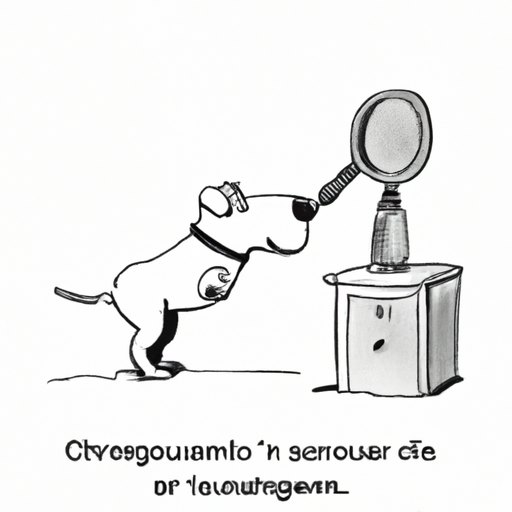The Science Behind the Color
You might have often wondered about the distinctive black color of your dog’s nose. Well, the answer lies in a pigment called melanin. This pigment is responsible for the color of our hair, skin, and eyes. In dogs, it also colors their noses. Melanin provides protection from the sun and absorbs heat, which might explain why dogs with a lot of outdoor exposure tend to have darker noses.
Health Indicators
The color and condition of your dog’s nose can be a significant health indicator. You need to keep a close watch on any changes in color or texture. A healthy dog’s nose can be black, pink, spotted, or the same color as his fur. However, if your dog’s nose color changes suddenly, it might be a sign of health issues such as nasal depigmentation or “snow nose.” Always remember, a sudden change in nose color warrants a visit to the vet.
Breed Differences
The color of your dog’s nose largely depends on its breed. Some breeds have black noses, while others might have brown, liver, or even pink noses. For example, Labradors usually have black noses, while Irish setters have a liver-colored nose. It’s all in the genes, and each breed carries a unique genetic code dictating the color of their nose.
The Myth of the Cold, Wet Nose
Many caregivers believe that a wet, cold nose indicates a healthy dog, but this is not always true. While it’s common for dogs to have cool, moist noses due to their sweat glands located there, a warm or dry nose doesn’t necessarily indicate illness. The texture and temperature of your dog’s nose can fluctuate throughout the day.
The Wonder of the Canine Sense of Smell
A dog’s nose is a marvel of nature. The black, leathery surface, known as the rhinarium, is packed with nerve endings and sweat glands. These unique features, combined with a dog’s powerful sense of smell, make them excellent trackers. The black color might play a role in heat regulation, allowing dogs to sniff out scents even in warm weather.
Frequently Asked Questions
- Why is my dog’s nose turning pink?
-
This could be a natural process called ‘snow nose’ or ‘winter nose,’ observed in some breeds during colder months. However, if the color change is sudden or accompanied by other symptoms, consult a vet.
-
Does the color of a dog’s nose indicate its health?
-
Not necessarily. While a change in color can signal certain health issues, a healthy dog’s nose can be a variety of colors.
-
Why is my dog’s nose dry and warm?
-
It could be due to various reasons like dehydration, sunburn, or just normal fluctuations in body temperature. However, if it persists, seek veterinary advice.
-
Does the color of a dog’s nose change with age?
-
Yes, just like their fur, a dog’s nose color can change as they age. It’s a natural process but if the change is sudden or drastic, consult with a vet.
-
What is the purpose of a dog’s wet nose?
- A dog’s wet nose helps in absorbing scent chemicals, enhancing their sense of smell.



